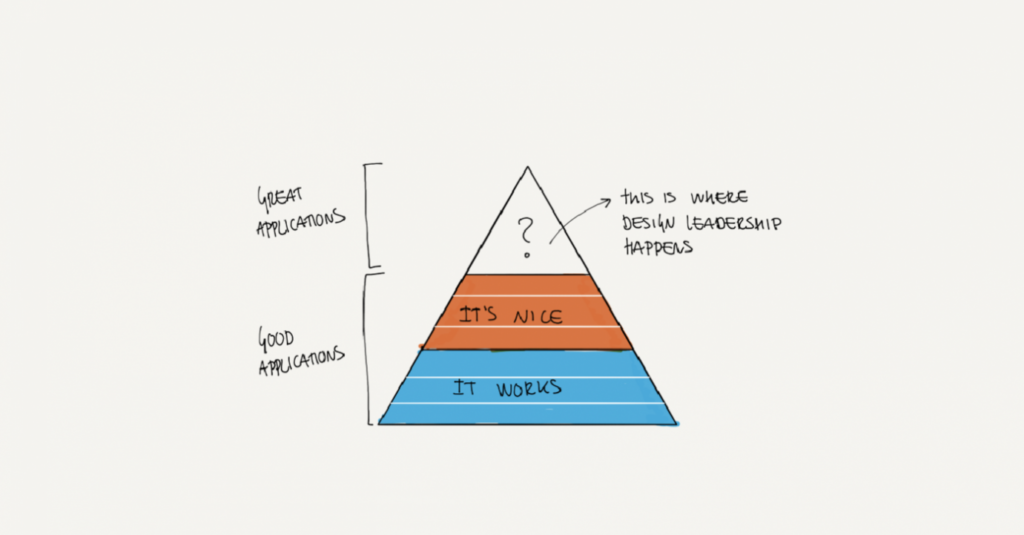- Conversational Design, Customer Experience, Design Theory, Interaction Design, Interface and Navigation Design, Product design
Exploring chat options can be daunting but here are some UX considerations for when refreshing or building your chatbot design.
Article by Michelle Lee
Considerations for your chatbot design
Chatbot design has specific UX considerations to create exceptional conversations. In this article, the author recommends making sure to:
- Be conscious of the size and placement of sticky chat elements
- Keep the chat feature accessible without relying on a sticky chat element
- Avoid non-user initiation of chat dialogs
- Encourage users to search for information with an FAQ or navigational assistant prior to using live support
- Be clear about how the user should engage with the chatbot, and adjust messaging for offline hours
- Particular attention has to be paid to sticky chat elements, feature accessibility, pop-ups, navigation and offline assistance.
Read the full article for a breakdown of how to pay attention to these details while getting started with conversational design.
Share:Considerations for your chatbot design
Share this link
- December 1, 2021
4 min read







